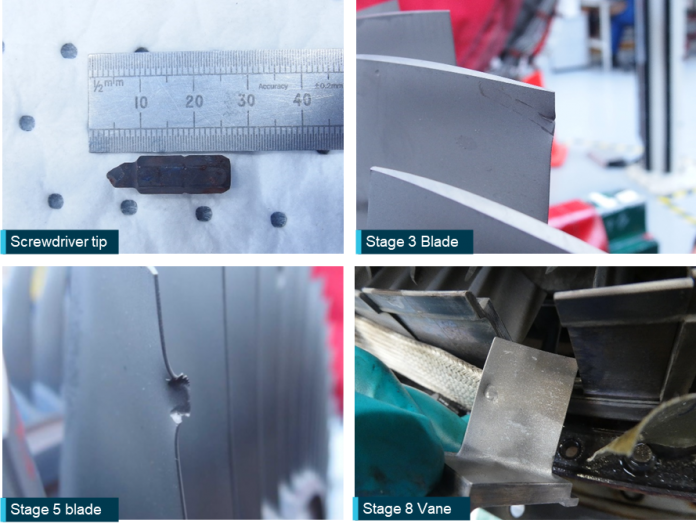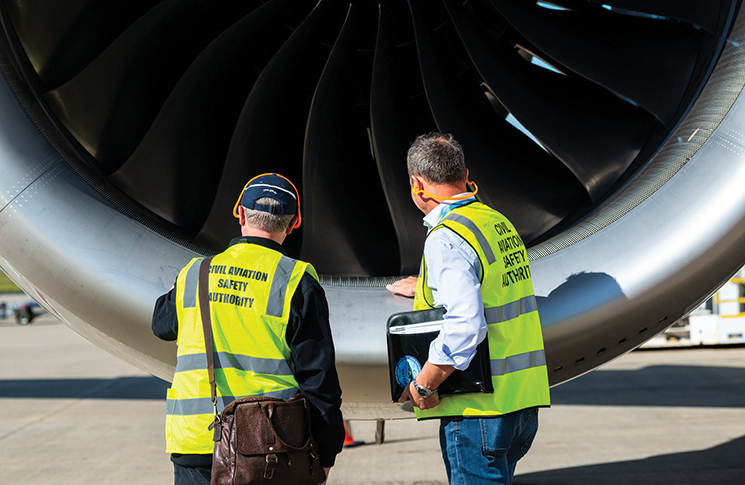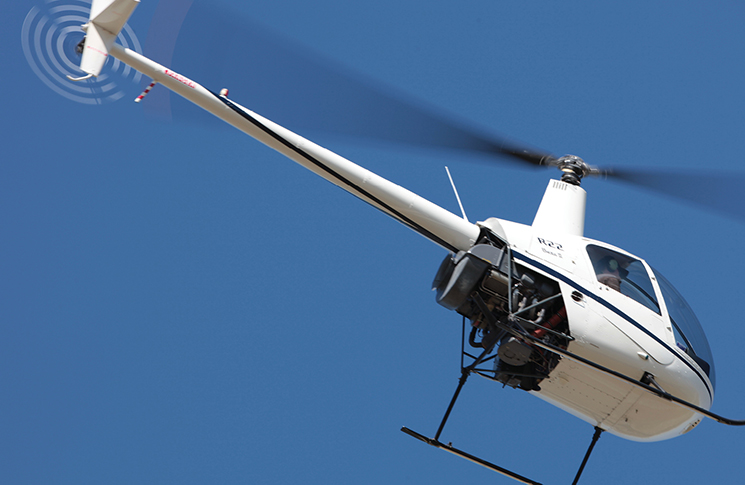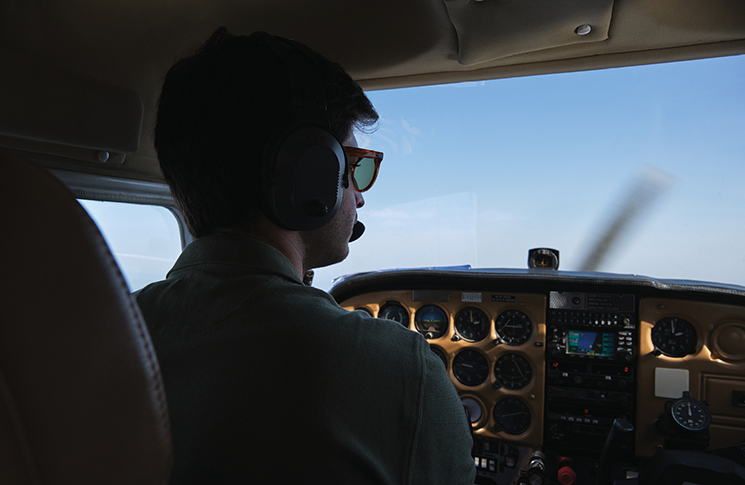The Australian Transport Safety Bureau’s latest aviation report deals with one of aviation’s oldest human factors hazards.
On 23 October 2020, a Jetstar Airways Airbus A320 was taking off from Brisbane when the crew reported feeling a vibration and hearing a ‘popping’ noise that rapidly increased in frequency and volume. At the same time, the aircraft veered to the right of the runway centreline despite the pilot flying applying full left rudder pedal. The captain immediately selected reverse thrust and brought the aircraft to a stop.
During the incident, passengers, an air traffic controller and the crew of the following aircraft saw a burst of flames coming from the right engine. An inspection immediately after found metallic debris in the tailpipe of the right engine. When it was dismantled, a screwdriver tip was found in the engine’s combustion section. It had done significant damage to the high-pressure compressor (HPC). Based on the aircraft’s maintenance records, the tip had been in the engine for 112 flights. It nicked and scratched stator vanes and compressor blades, one of which eventually detached, causing the engine failure.
Foreign object damage from forgotten tools has been a cause of aircraft crashes for nearly a century. In 1926 the pioneering African-American pilot Bessie Coleman died when a spanner jammed the controls of a Curtiss JN-4.
Other accidents and close calls include:
- A torch left in a Boeing 737-300’s wheel well that became lodged in the landing gear mechanism, preventing the pilot from raising the undercarriage.
- A Boeing 747 where the undercarriage failed to retract because a pair of cutting pliers had been left in the right body gear-up lock during maintenance.
- A bent screwdriver found in the wreckage of a Vickers Viscount that crashed in Northern Ireland in 1957 became a suspect in that accident (although the cause of the crash was not able to be determined).
And while not strictly a case of tool control, the crash of Aeroperu Flight 603 in 1996 was caused by masking tape being left on the Boeing 757’s static ports, causing its instruments to give misleading readings. The same principle of tidying up after a job had been breached, with terrible consequences for 70 passengers and crew
Tools don’t have to be left inside an aircraft to damage it. The Australian Transport Safety Bureau (ATSB) found tools and equipment were the second most common cause of foreign object damage (FOD) reports, accounting for about 19 per cent of all FOD cases.
Tool control is the system that aims to minimise damage from forgotten tools. It can involve a central tool store that issues tools to engineers, like a library, and asks questions if they are not returned, or in modern times, automated tool management and detection systems. Like many other safety issues in aviation, successful tool control requires robust systems as well as individual diligence.
The ATSB report said Jetstar issued a safety alert to its maintenance engineers, and conducted a risk assessment to better understand the on-going risk. A minor safety issue was the noise and vibration of the failing engine, which the flight crew reported to be much greater than the same event in a simulator. The ATSB said this ‘could contribute to the effects of startle’.






FOD always a threat. Essential preventive controls clearance checks toolbox inventory checklists, foam cutouts, tool racks and clips all mundane requirements and good work habits until this happens. Never loose site of why theses measures are in place.